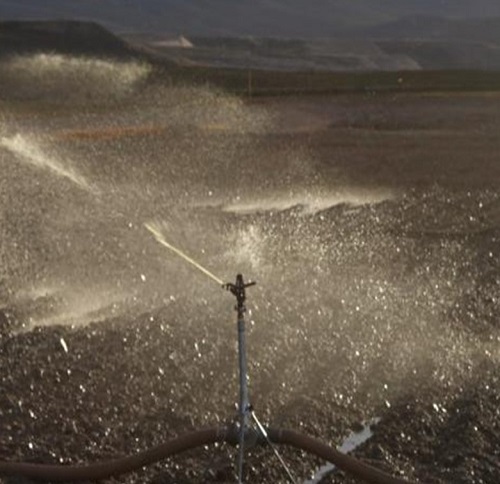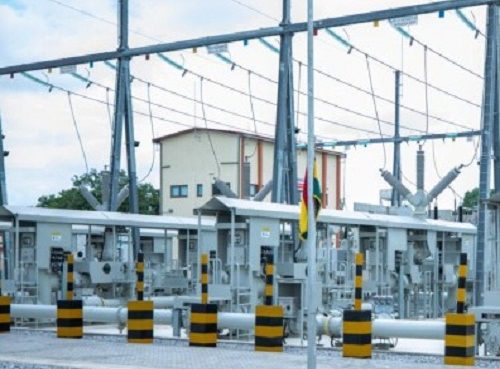Diesel-polluted soil in Greenland has been cleaned using naturally occurring soil bacteria according to the results of an extensive five-year experiment.
Forty tonnes of diesel fuel was found contaminating the soil at the abandoned military airfield Station 9117 Mestersvig. To clean it up, Danish Defence and NIRAS, an engineering company, initiated an experiment to optimise the conditions for naturally occurring soil bacteria to break down soil contaminants.
Bacterial populations and the biodegradation of diesel compounds were continuously monitored by scientists from the University of Copenhagen. After five years, the researchers found that the bacteria had “bioremediated” as much as 82 per cent of the 5,000 tonnes of contaminated soil.
“The bacteria have proven extremely effective at breaking down the vast majority of the diesel compounds. As such, this natural method can be applied elsewhere in the Arctic, where it would otherwise be incredibly resource-intensive to remove contaminated soil by way of aircraft or ship,” said Professor Jan H Christensen at the University of Copenhagen.
The method, known as landfarming, is most often associated with warmer climates around the world. Prior to this project, landfarming had never been tested on a large scale under Arctic conditions. Nor had the method ever been as thoroughly studied and documented as in this experiment.
Landfarming works by distributing contaminated soil in a thin layer, which is then ploughed, fertilised and oxygenated every year to optimise conditions for bacteria to degrade hydrocarbons.
“Having a wide variety of hydrocarbon-degrading bacteria is essential as the 10,000 various diesel compounds contaminating the soil require different degradation pathways to be broken down,” he said.
Warmer “summer” temperatures of between 0 and 10 degrees only last about three months in Mestersvig. For the rest of the year, the soil is frozen. Thus, it was uncertain whether Greenlandic soil bacteria could break down the leaked diesel as effectively as bacteria in warmer conditions.
But the study demonstrated that the bacteria could easily degrade diesel contaminants in the soil, despite the frigid temperatures. In the future, the researchers hope that naturally occurring bacteria can be used to remediate contamination in the Greenlandic environment at roughly 30 other deserted installations. The lack of infrastructure has made it extremely expensive and resource-intensive to move soil around as, for example, might be done in Denmark.
“Some degree of diesel pollution can be found at nearly every Arctic site where there was once a weather station, research station or military installation. It is likely that the approach used in our experiments can be used at many of these sites,” the researchers said.
They are returning to Greenland this year to conduct new studies on the experiment. They hope to find that the bacteria have successfully degraded all remaining diesel contamination.
Source: E&T










